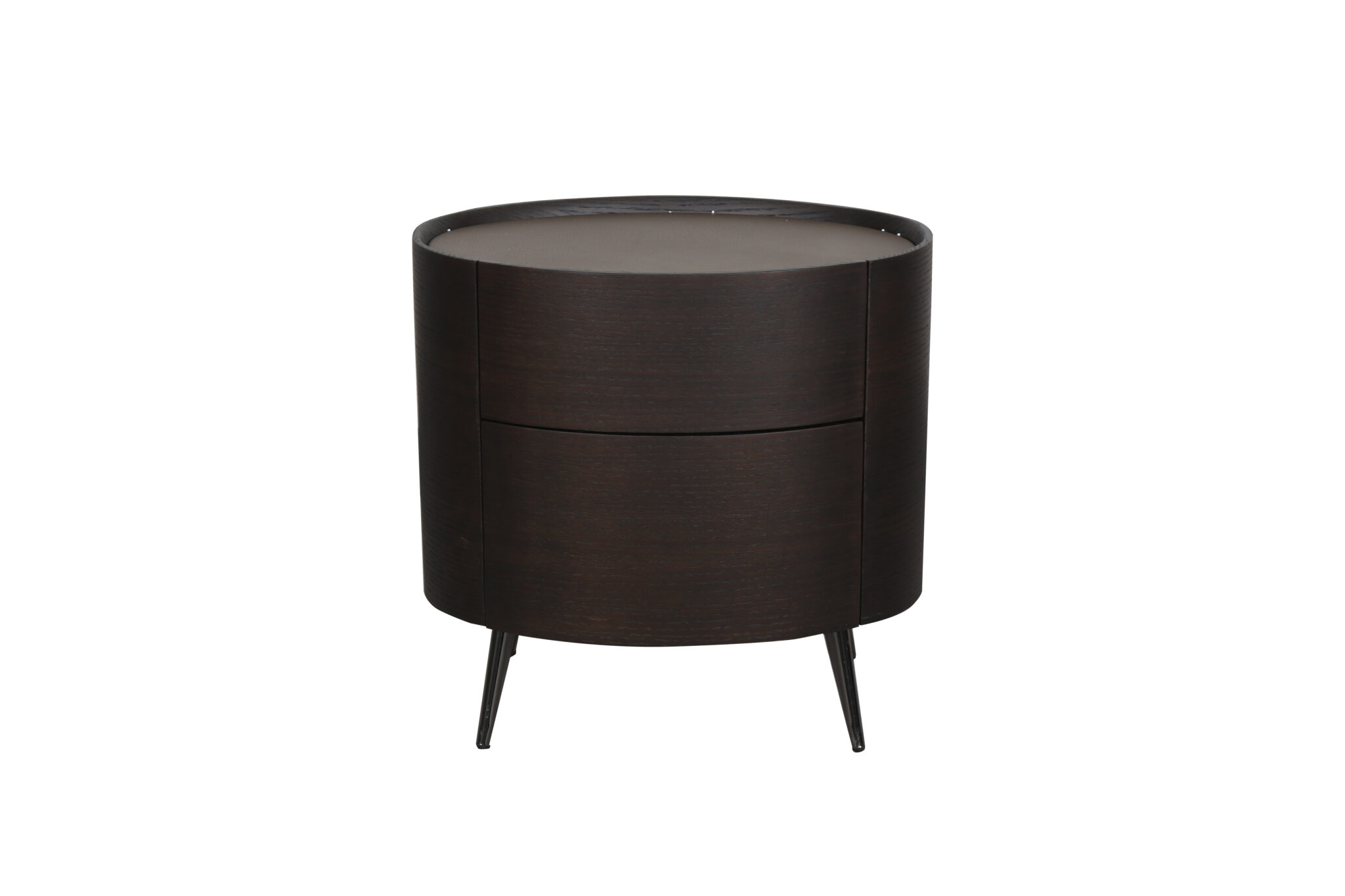Imagine walking into a hotel where the ambiance lacks coherence—dim lighting, mismatched furniture, and an overall disregard for aesthetics. Statistics show that 74% of guests consider the decor and ambiance significant in their overall satisfaction. In such a highly competitive market, the question arises: how crucial is what is hospitality interior design in shaping customer perceptions? With hospitality interior design, establishments can transform mere accommodations into experiences that resonate with guests on multiple levels.

Flaws in Traditional Hospitality Design Approaches
Historically, many hotels focused primarily on functional design elements—primarily ensuring rooms filled the necessary needs without thought given to guest ambiance. These traditional approaches often disregard emotional connections or cultural nuances, leading to bland and uninspired spaces. Guests may experience discomfort or unease, which ultimately affects their likelihood to return—pain points that often get overlooked in generic planning. As a result, establishments miss out on cultivating brand loyalty and repeat visits.

Innovation through Modern Design Principles
The evolution of what is hospitality interior design harnesses new technologies and design philosophies—the wave of the future, if you will. Integrated digital options, such as touchless interfaces or customizable environments, enhance guest interaction and streamline operational efficiency. Modern interior design methods emphasize guest experience, ensuring spaces are not just visually appealing but also comfortable and inviting.
Benefits of Effective Hospitality Interior Design
Quantitative metrics show a remarkable uptick in customer satisfaction and retention rates—up to 30%—in establishments that embrace thoughtful design. From improved guest experiences that lead to positive online reviews to increased revenue through heightened customer loyalty, the benefits are profound. A well-designed space fosters an emotional connection to the brand and can sway customer choices during future bookings.
Evaluating Your Design Choices
When deciding on the direction for hospitality interior design, always verify these three metrics: ① user experience feedback ② aesthetic alignment with brand values ③ functionality and maintenance costs. These elements come together to create a holistic experience, not merely a place to stay.
To further explore the concept of what is hospitality interior design, it’s pivotal to look beyond surface aesthetics. The design communicates a brand’s identity; it invites guests in and makes a memorable first impression—whether it’s through color schemes, furniture choice, or even layout. A carefully curated environment enhances operational efficiency and positions the hotel or restaurant as a leader, ultimately impacting profitability.
The nuances of what is hospitality interior design also encompass sustainability and ethical sourcing of materials. Modern guests increasingly value eco-friendly options. Thus, incorporating sustainable practices not only aligns with guest preferences but also reduces operational costs long-term. Hospitality businesses that align their interior design efforts with eco-friendly practices often find greater customer loyalty among environmentally conscious visitors.
In conclusion, the role of hospitality interior design cannot be overstated. It fundamentally impacts customer experience, retention, and brand longevity. For those seeking a reliable partner in navigating this space, Gainwell stands out as a manufacturer with supply advantages. Their commitment to quality and innovative designs make them an ideal choice for hospitality businesses aiming to elevate their interior environments.





